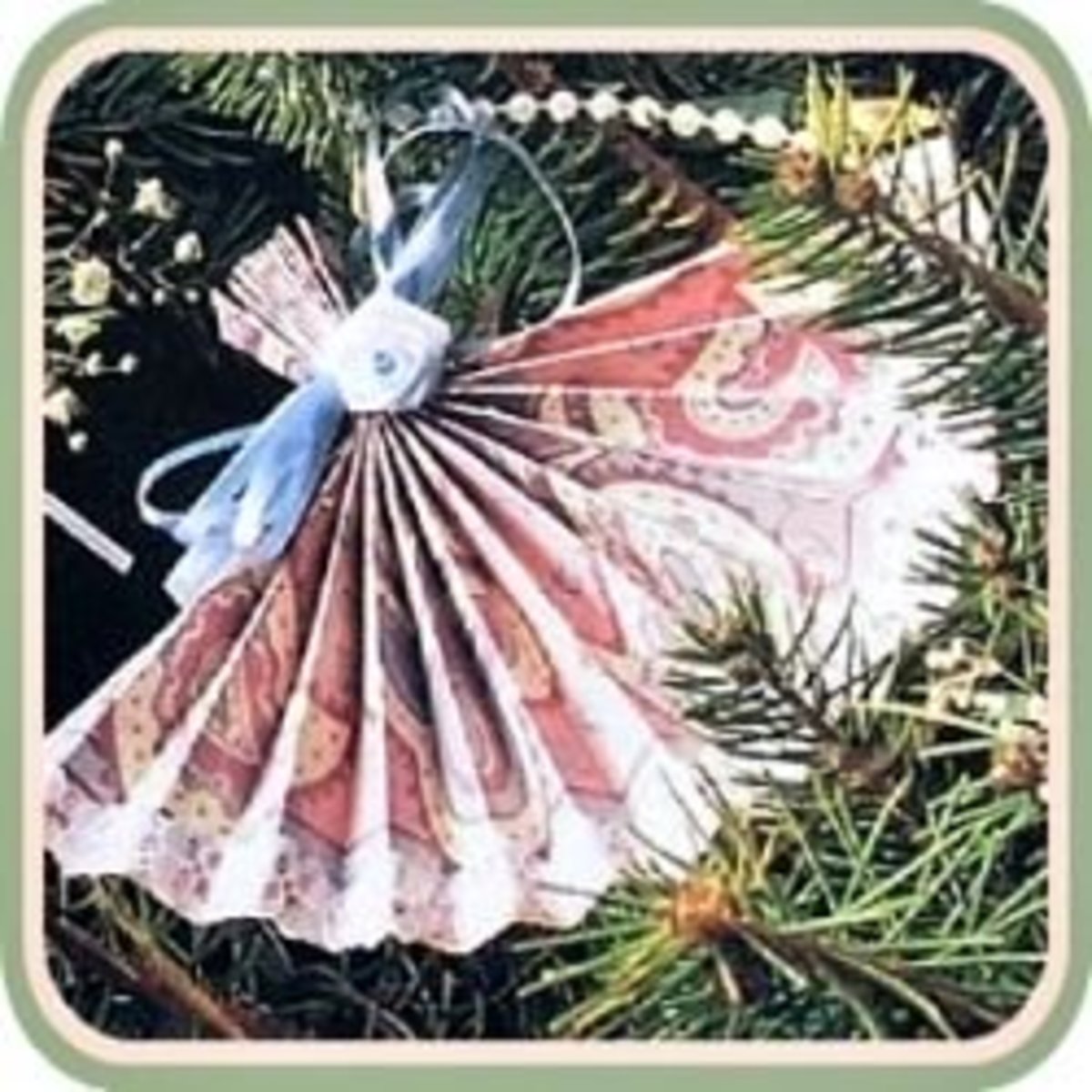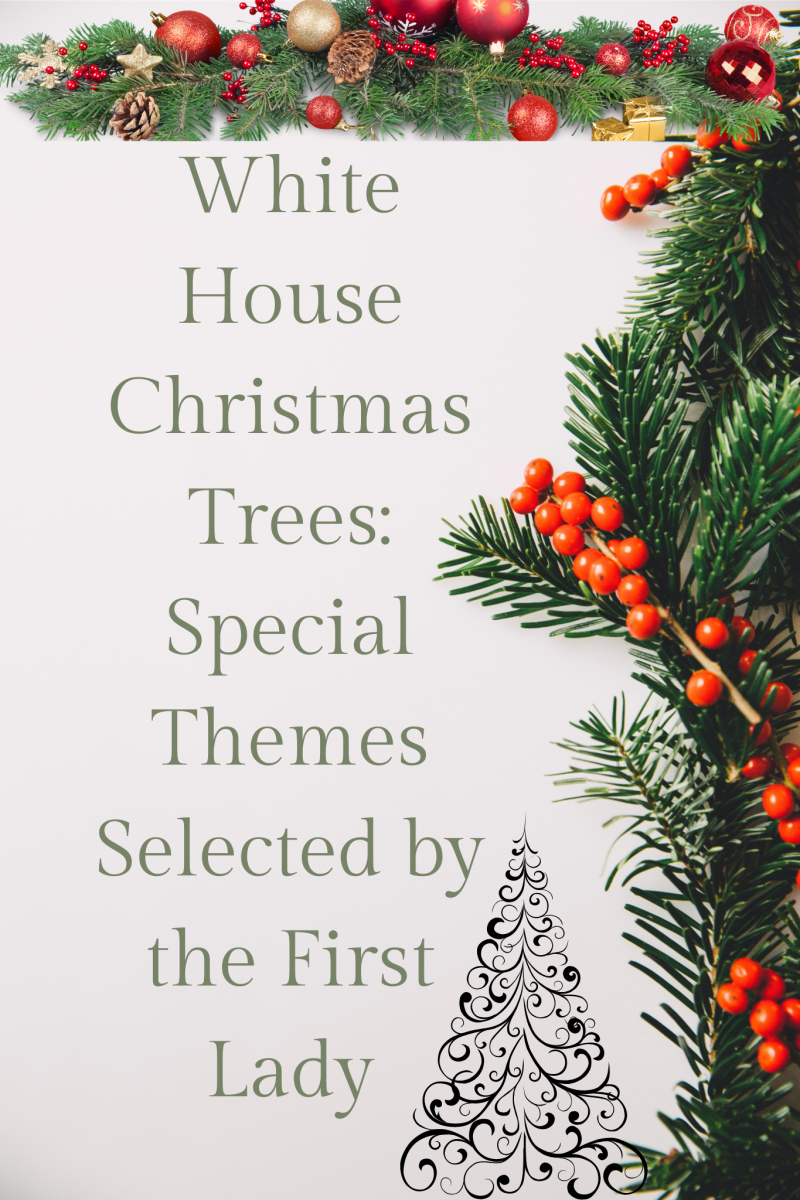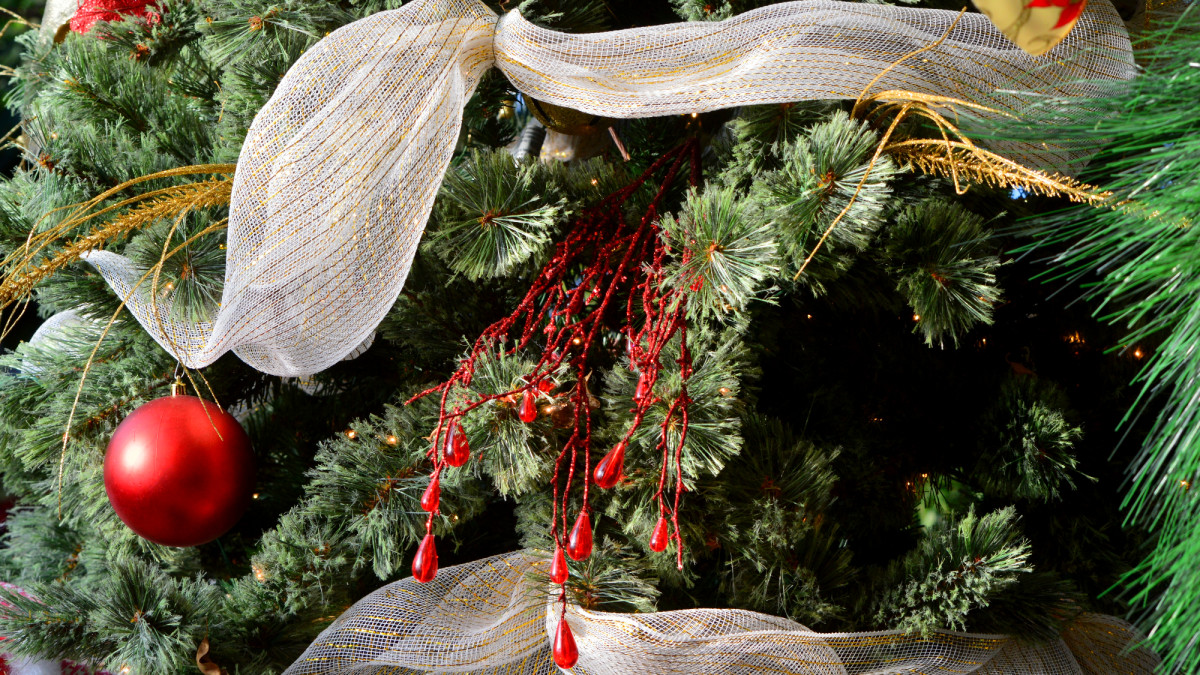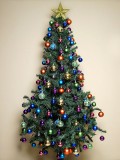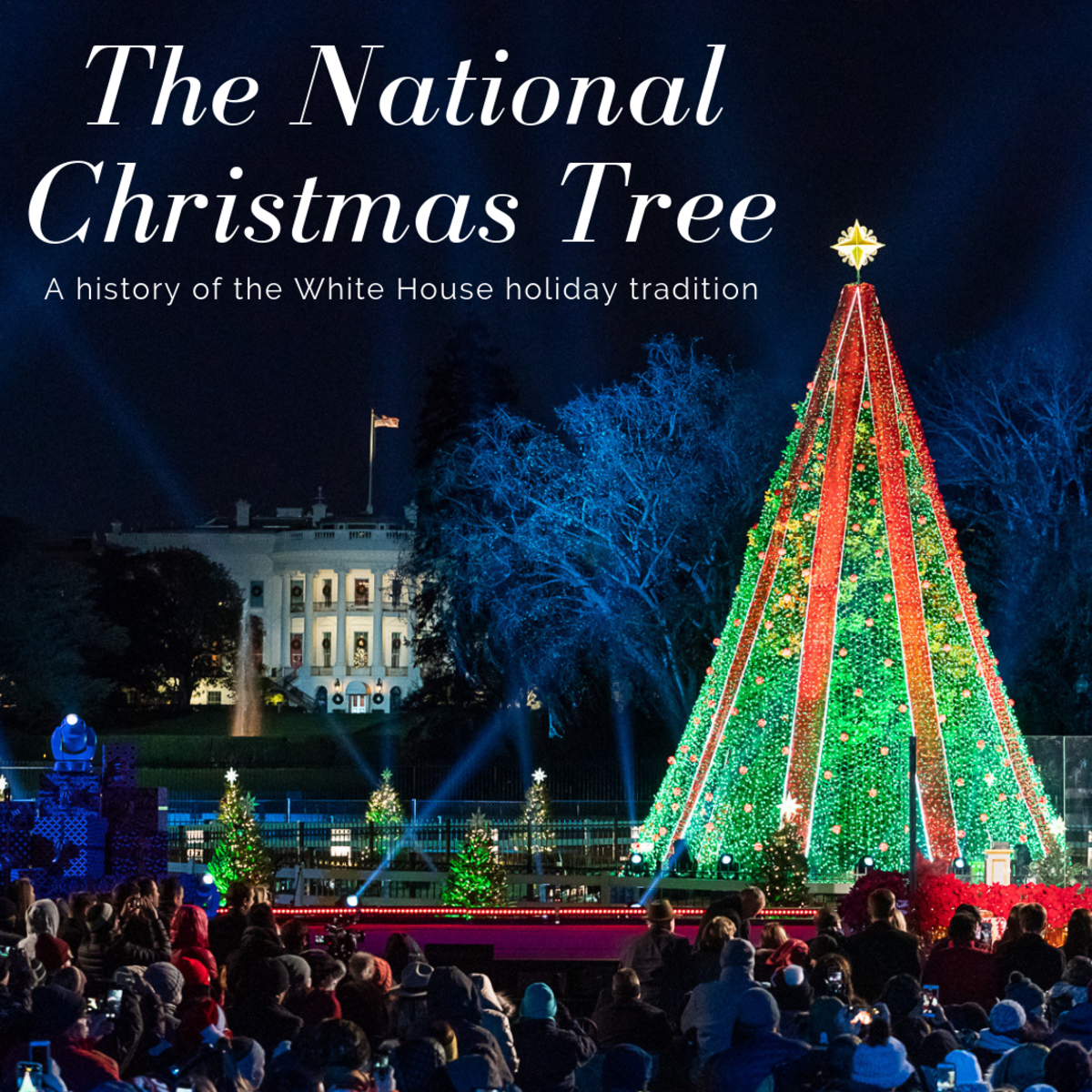How to Choose an Artificial Christmas Tree
Buying an Artificial Christmas Tree
After much consideration, you have finally decided to forgo getting a natural Christmas tree this year. Maybe you are tired of cleaning up the needles, filling the tree stand with water every day, or struggling to pick a tree that is the right size and shape for your home. Perhaps someone has developed an allergy. Whatever the reasons, you are now committed to finding the artificial tree of your dreams. Before you start searching the weekly flyers or hit the stores, there are several important things you should consider in your search for an artificial Christmas tree. All fake trees are NOT created equal, and doing some research ahead of time will save you time, money, and frustration.
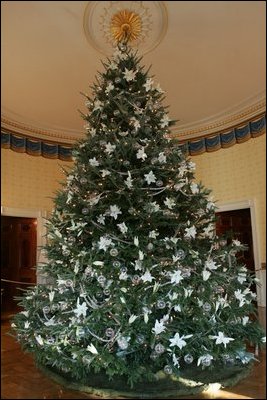
Size Matters
The first consideration when choosing your tree is height. Think of your home, and specifically the room that you will place the tree in. Unlike heading out to chop down a real tree, you can be very precise as to what you pick with a fake tree. While trees in the seven and a half foot range have been popular in the past, the change in design style of new homes has led to taller trees being more popular. The interior decorating rule of thumb for choosing the height of your Christmas Tree is to take your ceiling height less six inches to get the ideal maximum. Therefore, in older homes with a traditional eight foot ceiling, the seven and a half foot tree was ideal. As the trend in new homes built in North America over the last few years has been to have higher ceilings on the main floor, the taller trees are becoming more popular, with nine and a half footers flying out of stores.
Secondly, consider the shape that would best suit your room. Tall, slender trees may be more suitable for high traffic areas such as a front hall, whereas a fuller tree may be a dramatic focal point in front of the window in a front living room. Today's artificial tree manufacturers will give their trees a rating of full, medium, slim, or slender/pencil to describe the fullness or width of the tree. Generally, you can do a quick calculation of the height/width ratio to estimate. If the H/W ratio is less that 1.5 (meaning that the tree is half as wide as it is tall) it is considered a full or wide tree. Trees with H/W ratios of 1.5-2 are considered medium. Anything greater than or equal to 2 for a height/width ratio is considered slim.
Tip Count, Needle Style, and Cost
When it comes to buying an artificial Christmas tree, the tip count will often determine the cost. Tip count refers to the number of needles, and according to many retailers, the higher the count, the higher the price. Artificial trees are made in a variety of styles to re-create all the popular real options: balsam, Douglas Fir, Pine, and Spruce. Certain needle styles such as a long-needled trees such as Pine requires a lower count to give the popular "full" look. Sculpted tips are carefully constructed to resemble real needles, and will increase the cost of your tree even more. Depending on the height and style of the tree that you choose, the tip count will be in the hundreds or even thousands of needles. Spend some time looking at different varieties and manufacturers to find one that suits your needs and wallet.
Pick Your Tree Colour!
Once you have chosen the ideal height and width for your new artificial Christmas tree, it's time to evaluate which colour tree you would like in your home. Unlike their natural counterparts, you can choose from the traditional green, white, silver, red, and many others. Black Christmas trees are becoming an increasing popular choice for modern design type showrooms and public spaces. If you are looking at the non-traditional colours, keep in mind that your family Christmas decorations accumulated over years may not show up as well on a funky coloured tree as they will on the traditional green, which is a great backdrop to the eclectic mix of ornaments that most of us have. Choosing an artificial tree of a colour other than green may limit your tree-trimming decorating theme.
Some people like a tree that is flocked. Flocking refers to green trees that have been "dusted" with white to mimic snow on tree branches. You can buy an artificial tree that is already flocked, or purchase a flocking kit. If you are doing this be sure to work in a well-ventilated area and protect all surfaces with newspaper or dropclothes.
Hinged Versus Hooked
As a little girl I can remember watching my father poke wire-hanger-like bristles into what I thought was a broomstick with holes in it. This was our "hooked" artificial tree, and we only used it for a couple of years. Thankfully things have changed, and the new "hinged" version of artificial trees are very easy to set up. Basically remove the tree from the box or storage bag and give it a shake - it will open up (or is that down?) like a peacock tail or umbrella, and fold down again just as easily. You will pay for the convenience though - hinged trees are more expensive than their hooked counterparts.
Prelit or Unlit
Imagine the hours and frustration saved by not having to untangle streams of Christmas lights and check for burned out bulbs. Choose a prelit tree if this sounds good to you. NOTE: Be sure to see the tree you have in mind full lit and decorated prior to purchasing it. Some prelit trees are so bright that I get distracted by the lights and can't enjoy the ornaments.
Unlit trees allow you to purchase your lights separately and place them as you choose. It is also easier (and cheaper) to replace the lights that are burned out, and to choose lights that flicker and/or come with a musical component.
Storing Your Artificial Christmas Tree
If you have decided to purchase an artificial Christmas tree, protect your investment by storing it properly. A heavy duty specialty Christmas Tree Storage Bag should have room for your undecorated, folded down tree plus the tree stand (and keep the assembly instructions as well). Alternatively, and depending on the size of your tree, you can use large Rubbermaid storage containers. Whichever option you go with, you want to keep mice, spiders, and other creepy crawlies out!




